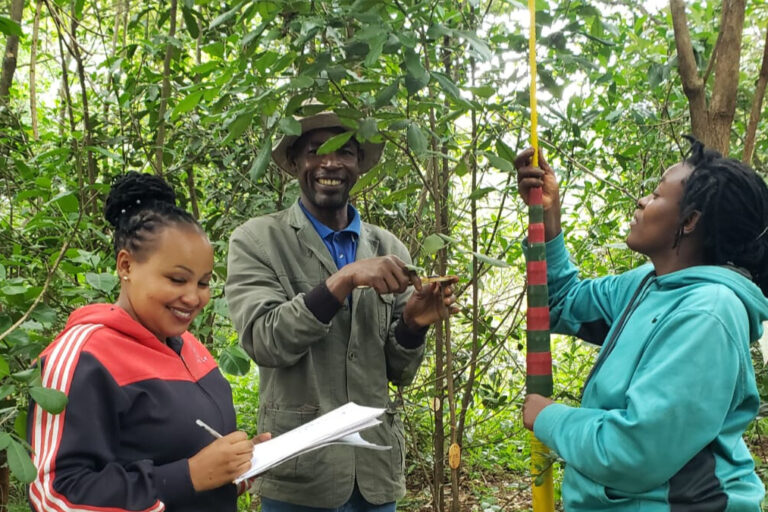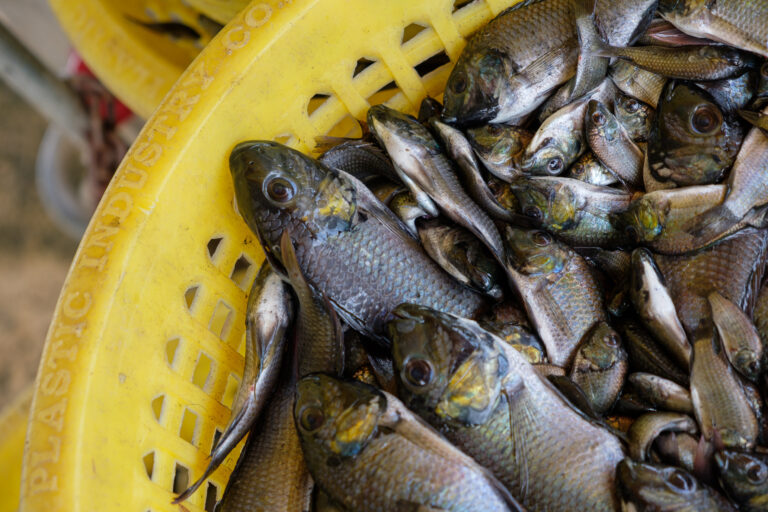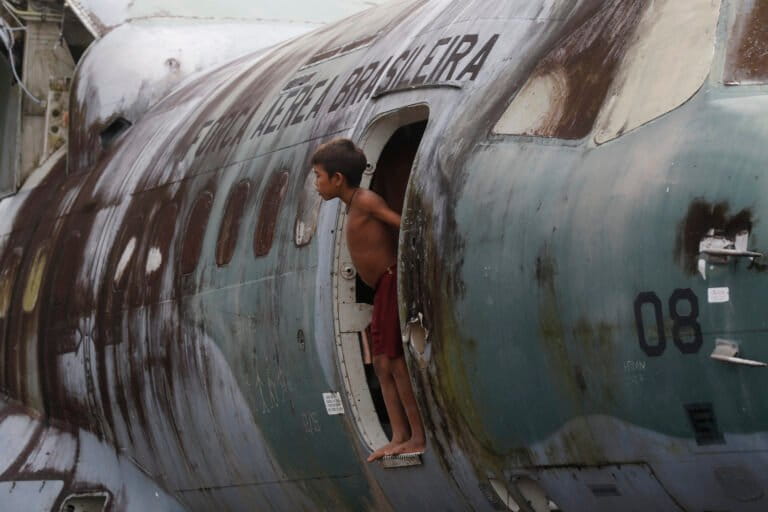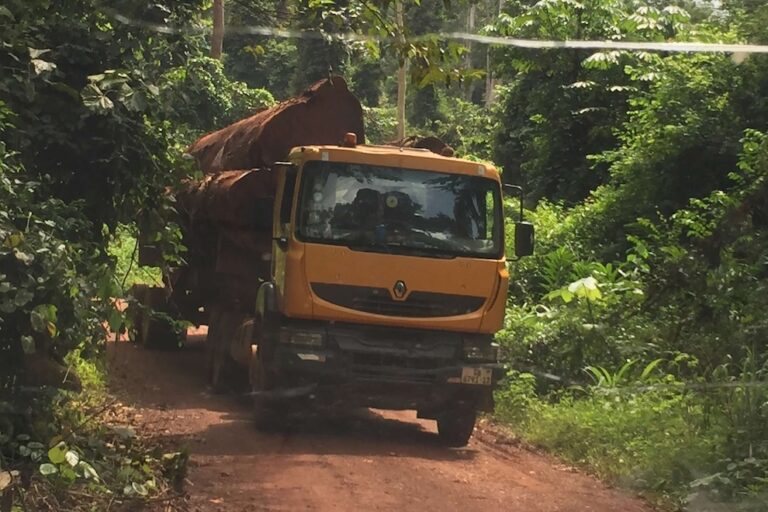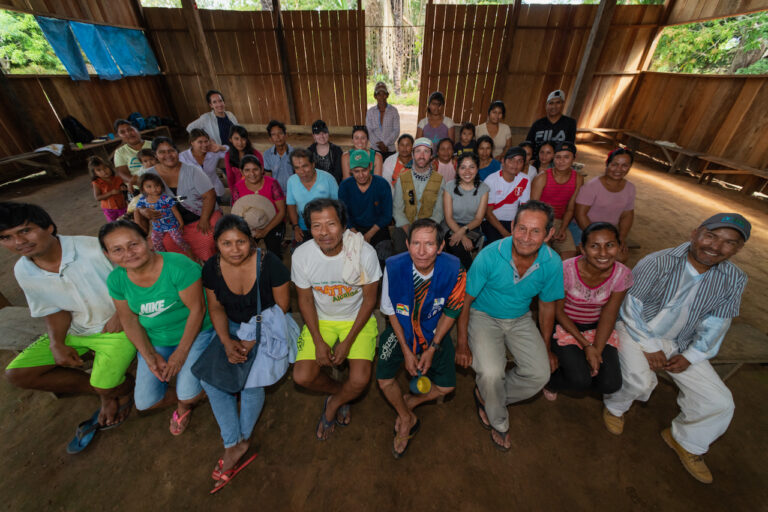10 million people will need humanitarian assistance in Southern Africa
Modified FEWS NET release
September 23, 2005
As many as 10 million people in Lesotho, Malawi, Mozambique, Swaziland, Zambia and Zimbabwe have been assessed as food insecure and will need humanitarian assistance until the next harvest according to a food security brief from USAID.
Growing levels of poverty, exacerbated by the effects of HIV/AIDS, are the main cause of chronic vulnerability across the region says the USAID Vulnerability Assessment Committee (VAC). The VAC’s findings have prompted national governments and humanitarian agencies to look beyond short term responses to the food crisis and to develop alternative interventions responding to short term needs while addressing the longer term issues in the region.
Formal intra-regional trade has been encouraged by the existence of large cereal surpluses in South Africa and below average production in many countries in southern Africa. Meanwhile, informal trade between Mozambique and Malawi is improving food availability in the latter. Maize retail prices in most of the food deficit countries have been rising rapidly in response to fast dwindling household supplies, raising concerns about growing food access problems among vulnerable populations.
The Southern Africa Regional Climate Outlook Forum (SARCOF) has issued an outlook statement for the 2005/06 rainy season indicating a slightly enhanced chance for a normal to above normal rainfall.

Table 2. 2005/06 WFP estimated numbers
of food insecure people and food aid requirements
FOOD SECURITY SUMMARY from the Southern Africa Food Security Brief by FEWS NET
Numbers of the food insecure as high as 10 million with the most acute needs in Malawi and Zimbabwe
Results of national vulnerability assessments as well as the joint FAO/WFP Crop and Food Supply Assessment Missions (CFSAM) carried out in April/May 2005 in the most affected countries indicated that large segments of the food insecure would require humanitarian assistance from about July 2005 up to the next harvest. The need for humanitarian assistance arises as a result of inadequate food supplies and limited access caused by a below normal crop production season and growing levels of chronic poverty across a wide range of the populations in all affected countries. Affected countries include Lesotho, Malawi, Mozambique, Swaziland, and Zambia (all of which requested the joint FAO/WFP CFSAMs) as well as Zimbabwe, Namibia, and Botswana, which despite not requesting for CFSAMs, have also been adversely hit by last season’s poor crop growing conditions. The regional estimate of the food insecure that will need humanitarian assistance currently stands at over 10 million, with the highest levels of need assessed in Malawi, Zimbabwe, Mozambique and Zambia.
Country VAC findings have again highlighted the complex nature of food insecurity in the region; pointing to growing poverty, aggravated by a steady erosion of household assets, increased negative impacts of HIV and AIDS on livelihoods, multi-year abnormal rainfall seasons resulting in reduced harvest and policy related shocks as some of the underlying causes that have in many countries led to a chronic situation of food insecurity. This is resulting in failing livelihoods and reduced household access to basic services and commodities such as education, health, water and agricultural inputs.
Recommended actions and activities to mitigate the ongoing crisis focus not only on emergency needs, but also address the underlying factors through medium to longer term strategies, such as poverty reduction strategies, implementation of policies that will address access to basic services and farm inputs, implementation of productive safety nets, and continued support to agricultural recovery and diversification, among others. The implementation of cash transfers as an alternative to food aid assistance in particular was highlighted; there was general agreement that cash transfers are an appropriate alternative in areas where markets are functioning. These findings and recommendations were presented by SADC member States at the SADC/UN July 7-8 Stakeholder Forum during which consensus was reached on the way forward in addressing the recurring crises. SADC member states are implementing strategies developed under the commitments made in the Dar es Salaam Declaration. UN agencies will address the crises through the Inter-Agency Regional Humanitarian Strategic Framework for Southern Africa, which focuses on how short-term needs can best be addressed to serve the longer-term needs in the region.
Table 2 presents the numbers of those assessed as vulnerable to food insecurity and provides an indication of the food aid requirements in the affected countries for the 2005/06 consumption year. Findings by the Malawi VAC suggested that Malawi would need about 270,000 MT of food to cover those missing food entitlements for an estimated 4.2 million people in the rural areas who cannot adequately cover their needs through further purchases from commercial imports, due to overstretched coping capacities. These figures represent the best-case scenario; the food aid requirement of 270,000 MT (for 4.2 million people) is assumed if food price increases remain at par with the inflation rate throughout the consumption period. A much higher requirement (414,000 MT for 4.6 million people) is projected in a scenario that assumes much higher increases in prices based on import parity price plus a 5 percent profit mark up. Latest reports from Malawi indicate that the food security situation in the country, especially in the southern region, is declining rapidly and approaching the more pessimistic scenario as a growing number of households run out of food. Market demand for maize has increased considerably to the extent that maize retail prices at most of the monitored markets have shot up above the ADMARC price of K17/kg, resulting in households opting to buy from the ADMARC markets. This has resulted in long queues at ADMARC markets, and as a consequence, ADMARC has had to ration sales to between 10-25 kg per person (depending on availability). Although the humanitarian response is now gathering momentum, available resources (government and international) are not sufficient to meet food aid needs.
Acute food shortages have been assessed in Zimbabwe, where, although the preliminary VAC estimates pointed to between 2.9 and 3.9 million food insecure people, current reports now point to an even larger number of vulnerable people requiring humanitarian assistance. The levels of food insecurity continue to worsen for both urban and rural populations due to very tight staple cereal supplies and the ever increasing cost of living. On-farm staple food stocks are rapidly running out, and more people are being forced to purchase maize and maize meal earlier than normal. Limited grain imports coupled with in-country grain distribution problems arising from fuel and truck shortages are restricting the amount of grain available on the market, particularly in the remote parts of the country. This, together with the high inflation rates (255 percent in July), lack of employment opportunities, and the destruction of the urban informal sector (through the urban “clean-up” campaign) has led to very high increases in the maize prices, rendering urban food access extremely problematic. In addition, Zimbabwe consumers are faced with rampant shortages of other basic food stuffs such as salt, sugar, and cooking oil, and the price of petrol has doubled twice in the last ten weeks. As a result, current food price increases in the most affected areas have already exceeded maize prices assumed in the VAC’s preliminary analysis, suggesting a much higher level of food insecurity.
In Mozambique, food aid needs have been assessed as most acute in the Southern Region and parts of the Central Region following the worst production season there since 2001/02. Mozambique VAC findings indicate that 429,000 people require immediate and continuous assistance until March 2006, with an additional 159,000 possibly needing assistance from the beginning of the hunger season in October. The risk of household food insecurity in parts of the seven provinces of central and southern Mozambique affected by drought has not deteriorated, due to some ongoing interventions and because of the second season harvest. Consumption of tubers (where available) is to some extent mitigating the lack of cereals. However, there is a growing concern that the situation may worsen as the hunger season approaches, particularly as the humanitarian response to date has been inadequate on account of poor resourcing of the WFP Protracted Relief Recovery Operation (PRRO), though the agency is responding to the current emergency. Maize prices have also been unseasonably higher this year compared to average and the previous year, indicating a much tighter supply situation, particularly in the southern provinces.
The Zambia VAC’s findings indicate a food aid requirement of 118,000 MT to vulnerable households in the most drought affected southern and western parts of the country, most of which the Government of Zambia hopes to mobilize internally with the assistance of cooperating partners. Current reports point to declining maize supplies throughout the country, especially the southern two thirds, which were adversely affected by the partial drought. Despite the assessed shortfalls and VAC findings on the numbers affected, no interventions have been implemented as yet. The Disaster Management and Mitigation Unit is still holding coordination meetings with implementing partners to agree on a comprehensive response. Furthermore, there have been no imports, partly as a result of the initial underestimation of the maize shortfall, as well as the refusal to remove the 15 percent duty on imported maize. Dwindling maize supplies are reflected by the continued increase in maize and maize meal prices, although as yet, these are still within the expected levels for this time of the year.
National VAC findings in Lesotho and Swaziland point to localized areas of food insecurity among rural households who will also require food assistance (22,000 MT in Lesotho and 26,000 MT in Swaziland), particularly as the hunger season approaches later in the year. Formal maize import programs, together with the assistance provided by WFP and its implementing partners, has so far helped to keep staple food supplies stable and accessible in most markets. While food prices have remained stable (in Lesotho, year on year food inflation rates for July were estimated at 1.9 percent, compared to 1.7 percent in June, while in Swaziland, the rate dropped from 8.63 percent in June to 8.29 percent in July), many of the food insecure households are likely to begin facing access problems as their limited harvest runs out and they become increasingly dependent on purchases and food aid.
Current interventions
WFP is addressing the current food aid needs through the ongoing Regional Protracted Relief and Rehabilitation Operation (PRRO), which started in January 2005 and is aimed at addressing the impact of the “triple threat” of food insecurity, HIV/AIDS and weakened capacity for governance on vulnerable populations. WFP (ODJ) will not launch an emergency appeal addressing the current acute and chronic food insecurity, but will instead expand the PRRO. The agency plans to distribute 702,000 MT of food (577,000 MT of which is cereals) between August and June 2006. WFP has stated that despite the recent donor pledges from the governments of the US, Japan, Netherlands and the EC, it still requires an additional US$187 million to run its programs through to March 2006. Table 3 shows that the current PRRO cereal requirements of 577,000 MT for the period July 2005 – June 2006 fall far short of the total food needs of 813,000 MT assessed by the individual country VACs (Table 2). Of the 577,000 MT required by WFP, only 213,000 MT has been pledged, and a shortfall of 364,000 MT is projected. Pipeline breaks are expected in all countries from about November/December. The lack of resources for the WFP program is already evident in Mozambique, where current availability is insufficient to meet the needs of assessed vulnerable households. In Malawi, the numbers under the WFP program (2 million people) fall far short of the MVAC assessed 4.2 million, and it is estimated that in October and December, WFP assistance will only cover 75 percent of the affected population.
Humanitarian assistance from other agencies and NGOs such as C-SAFE (the Consortium for the Southern Africa Food Security Emergency) is expected to help fill some of the current food aid gaps at the country level in the countries where they have operations. Current C-SAFE plans include cereal distributions of 58,000 MT in Zimbabwe, 20,800 MT in Zambia and 8,700 MT in Lesotho. OXFAM has developed proposals for interventions addressing food insecurity in the region, which include food based interventions, a cash transfer pilot project in Malawi in partnership with WFP, as well as a cash transfer project in partnership with DFID in Zambia. These will begin as soon as agreement is reached among the implementing partners. The International Federation of the Red Cross (IFRC) is also implementing humanitarian activities in the six countries covered by the WFP PRRO, plus an additional emergency appeal to assist the populations in Zimbabwe who have been displaced through the urban “clean-up” campaign.
The Southern Africa Food Security Brief draws from the FEWS NET monthly reports and contributions from FEWS NET/USGS, the SADC Regional Remote Sensing, SADC Regional Early Warning Program – Gaborone, and the SADC Regional Vulnerability Assessment Committee (comprised of SADC FANR, FAO, WFP, FEWS NET, SC (UK), and OCHA). Additional information is drawn from the National Early Warning Units and Meteorology Services in SADC member states.
This is a modified release from FEWS NET. You can see the full food security brief at FEWS NET









